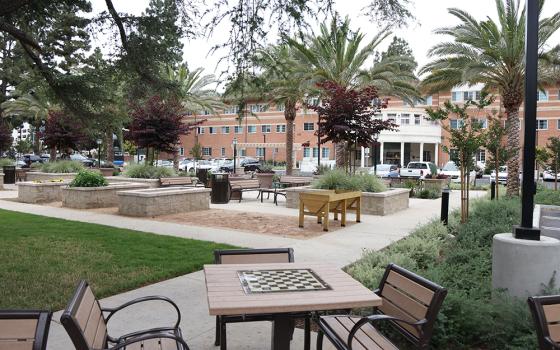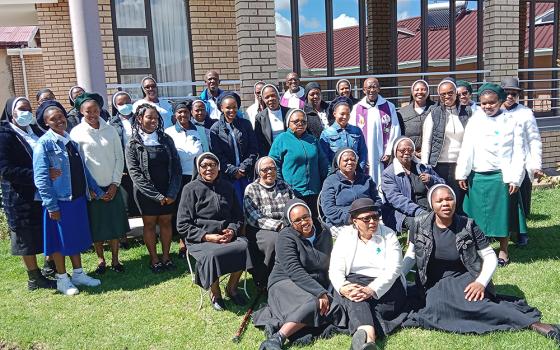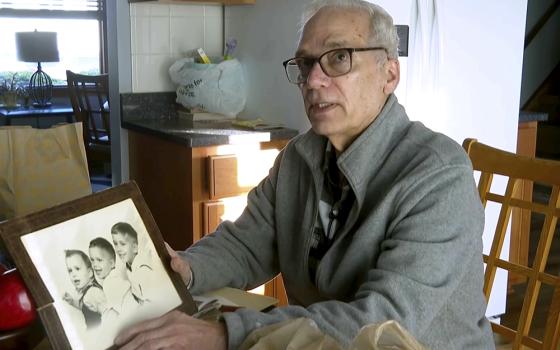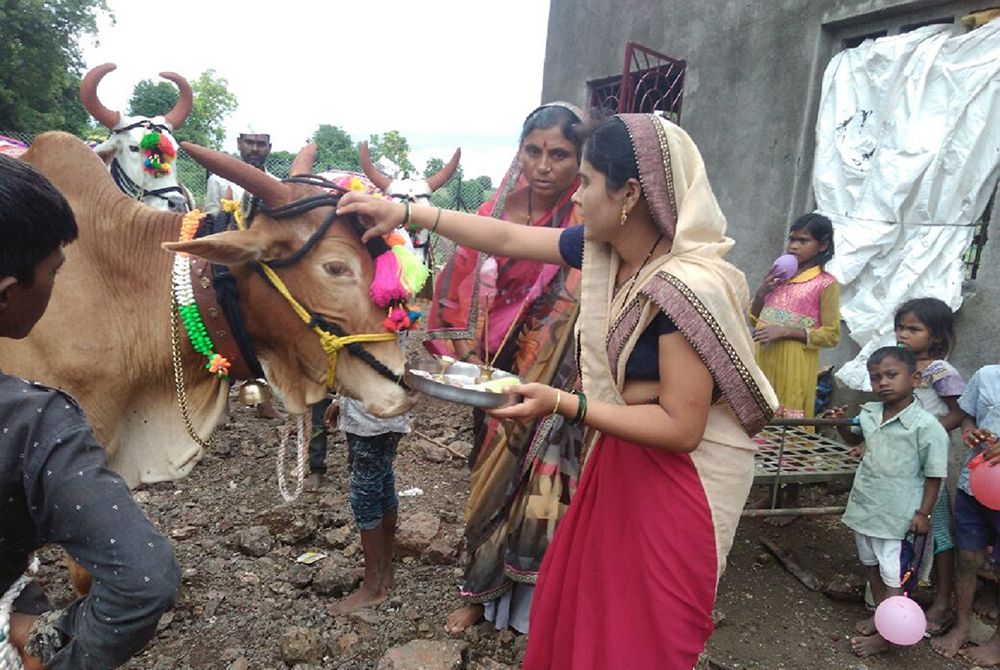
Pola is a thanksgiving festival celebrated by farmers in Maharashtra and Chhattisgarh, India, to acknowledge the importance of bulls and oxen, who are a crucial part of agriculture and farming activities. (WIkimedia Commons/Advmonalipatil)
After completing my teacher training course, I got a teaching job in the same school where I had trained. In those days we received our salaries in cash. When I got my first salary, my mother told me, "Before spending your salary on anything, first go to the church and place some amount in the offering box in the photo frame of Our Lady of Perpetual Succour." I did so without asking her for the reason.
India, a land of prodigious biodiversity and vibrant cultural traditions, is largely dependent on agriculture and is home to countless festivals. The whole year is filled with joyful events, including harvest festivals that take place during a region's primary harvest. The aroma of new rice fills the air, inviting everyone home for the celebrations. Harvest festivals are among the most important events across the nation.
The harvesting feast is named differently in India's 28 states. At the end of the rainy monsoon season, when the rice paddy is ready, it is tradition to offer the first crop to God.
In Maharashtra, the Hindu community celebrates Pola, a harvest feast. Pola means "pancake" or "porridge," made from jaggery and new rice to feed bulls and oxen, which are essential to agricultural and farming activities. The animals, as tangible representations of the harvest, are honored by being fed before any new crops are consumed by people. The festival of Pola includes bathing bullocks and oxen, giving them an oil massage and adorning them with ornaments such as bells, shawls and flower garlands.
Advertisement
My East Indian Catholic community in Mumbai and Vasai celebrates Agera, an expansive revival of an age-old harvest festival. This feast usually falls on the first Sunday of October, known as Agera Sunday. The Latin word ager means "field" or "land." Agera is a feast of thanksgiving to God and to Mother Earth for giving so lavishly, and to all people who are involved in the hard work of cultivation.
On Harvest Sunday, a bullock cart is loaded with new sheaves and taken in procession to the church. The animals are thanked, and the sheaves are blessed at the church entrance. Women, bedecked and beautiful, carry the sheaves to the altar. After Mass, each person takes a handful of sheaves to tie on their door as a sign of celebration, connecting Mother Earth with a spirituality of abundance and prosperity.
"You shall keep … the Feast of Harvest, the first fruits of your labors which you have sown in the field; and the Feast of Ingathering at the end of the year, when you have gathered in the fruit of your labors from the field" (Exodus 23:16). This reading reminds me of my mother's advice to offer some amount of my first salary to Mother Mary.
As children, we are taught that food signifies a complete, all-encompassing reality and is associated with the divine. The Taittiriya Upanishad (Hindu philosophy) mentions Anna Purna Brahma, meaning "Food is the embodiment of Brahman," not just sustenance but a manifestation of the divine and a fundamental aspect of life. Thus, food is indispensable for all living creatures.
While my mother cooked food for the workers doing the planting and for the oxen, my father could not leave me alone under a tree. Being a plump and heavy child, he used to place me on the ploughshare while the oxen plowed the soil deeply. It was sheer entertainment for me, and the oxen added to it by shaking their necks with bells. Later, my father told me my weight helped plow the soil more deeply.
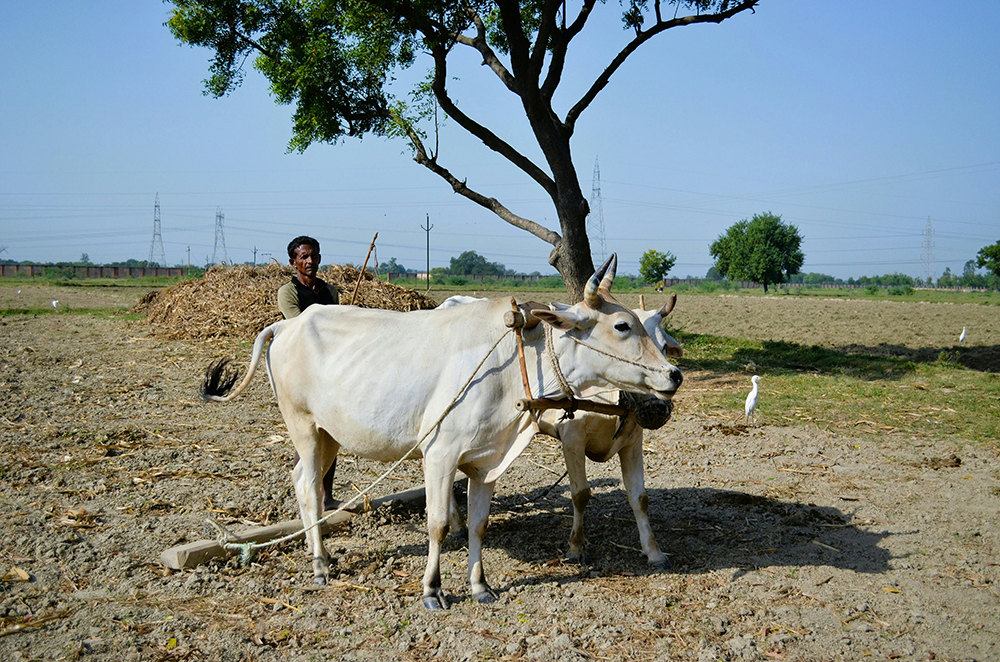
A farmer plows with his oxen in Kanpur, Uttar Pradesh, India (Unsplash/Varun Verma)
I learned that these festivals are not only about celebrating the ripe crops but also about recognizing important astronomical changes in the solar system. They are considered auspicious periods, connecting us with the cosmic order.
This harvest festival engraved on my heart two profound messages: "Deeper ploughing" in my God-given talents, and "Celebrating harvest" by sharing with others and singing, "What thanks, O Lord, can I render thee, for all the gifts you have showered on me? Each day I will sing your praise and glory, Allelu … Alleluia!" Thus began the ongoing celebration of the inner pilgrim journey of hope.
Later, "ploughing deeper" became a symbol of my spiritual life, a longing to reach the Seventh Mansion that St. Teresa of Ávila described.
Just as deeper ploughing improves soil structure, aeration and water infiltration so roots can grow deeply — increasing moisture retention, decomposition of organic matter and soil fertility — so does a deeper examination of conscience prepare the soil of my being, breaking up compacted layers of spiritual soil.
Deeper ploughing can bury weed seeds and pests, preventing them from interfering with crop growth and allowing roots to access water and nutrients more efficiently. In the same way, the deep ploughing of my heart offers many benefits: patience, kindness, compassion and, above all, peace of mind.
Deeper ploughing led me to realize the certainty of God's promise: "I will give you a new heart and put a new spirit in you; I will remove from you your heart of stone and give you a heart of flesh" (Ezekiel 36:26).
I realized my body is a piece of land — matter — given to me by God. These two lessons made me ask: What sort of seeds am I sowing so that a good harvest can be enjoyed by the future children of God? Life is worth celebrating with gratitude and by sharing what we are and what we have — a barn of blessings.
The harvest festival brought me closer to the homeland of my being. "When you come into the land which I give you, and reap the harvest, then you shall bring a sheaf of the first fruits of your harvest" (Leviticus 23:10).

